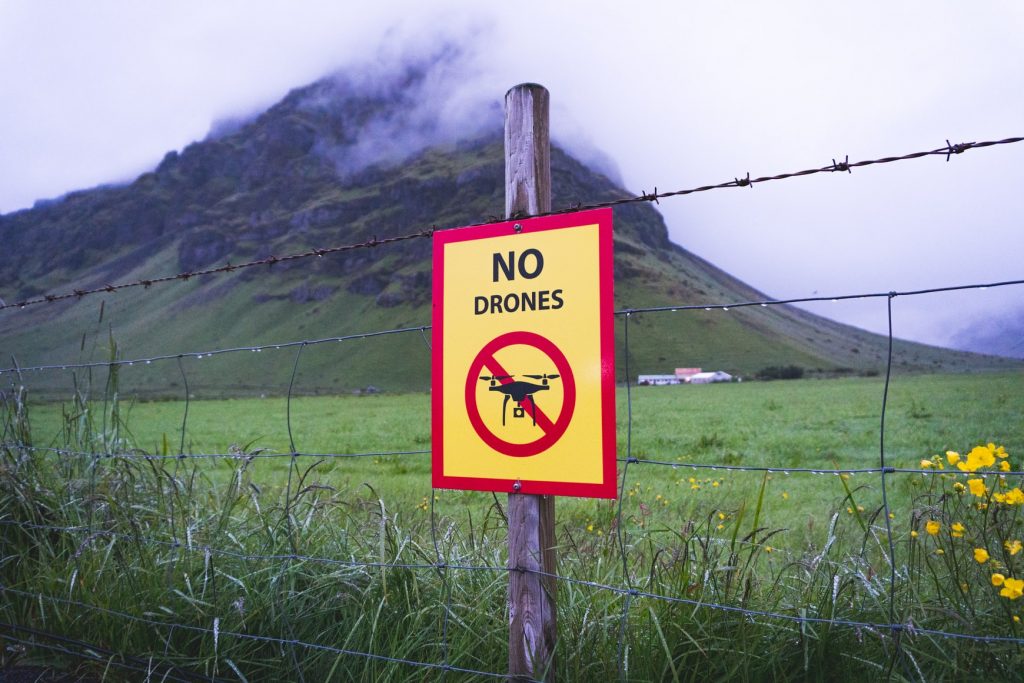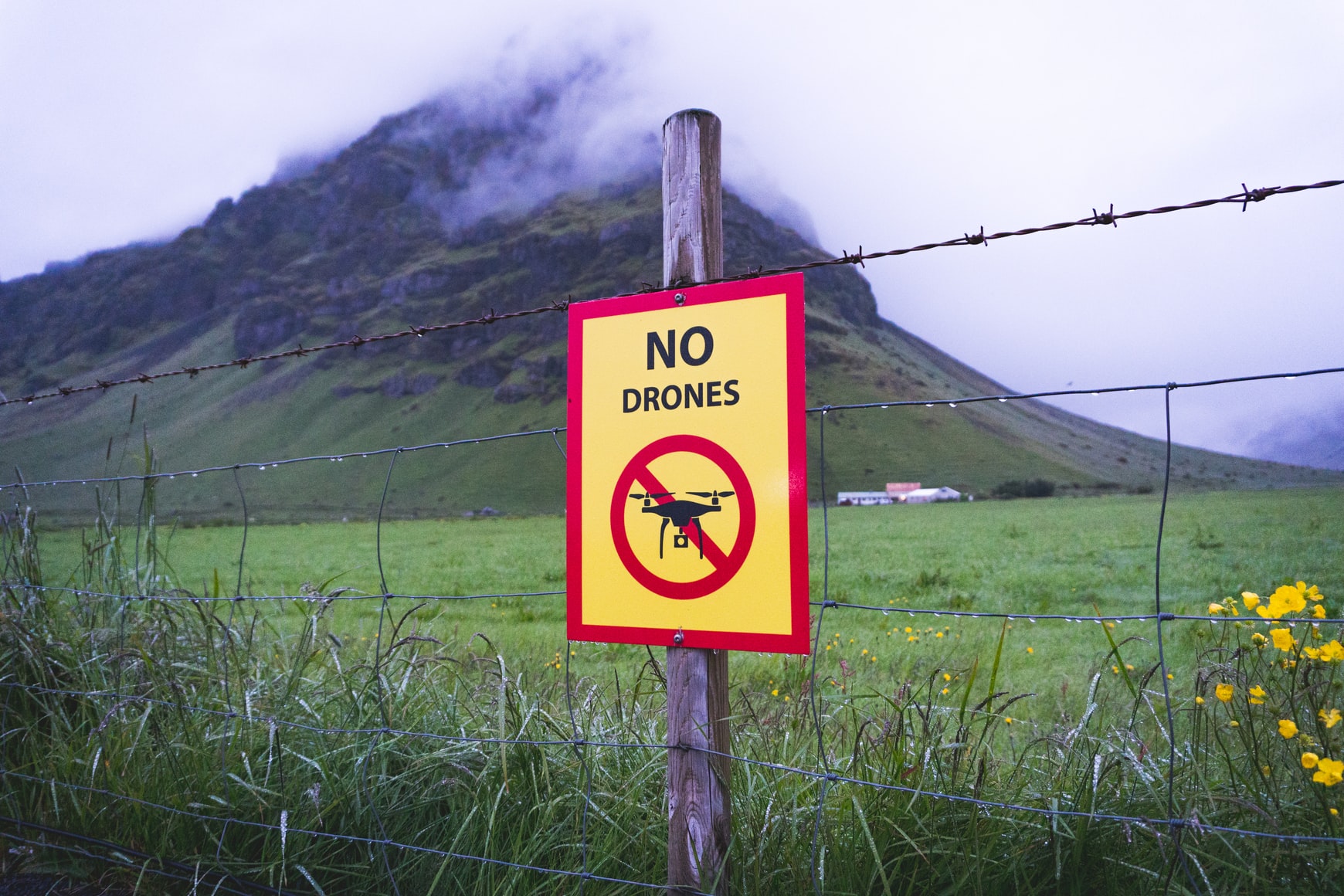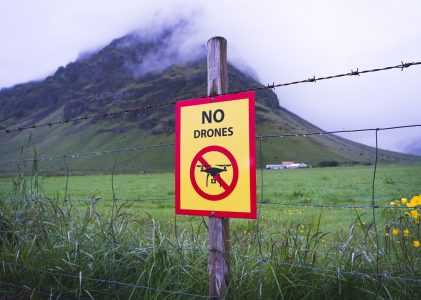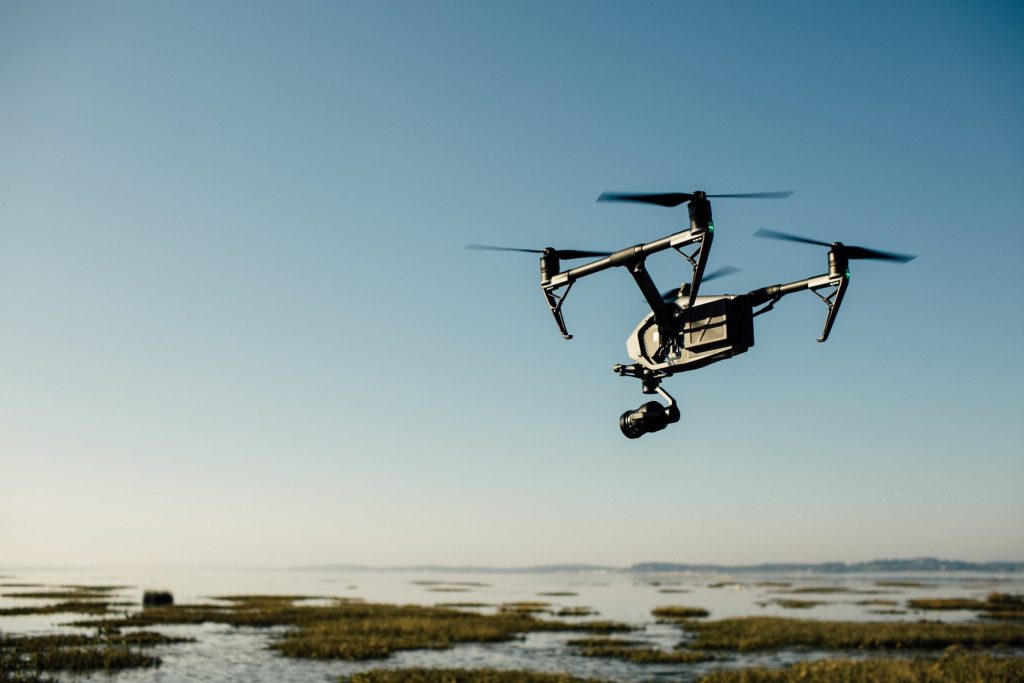
Perhaps the first question that comes to mind when looking at the above photo is, “what is that?”. In case you haven’t already guessed, those are LED-equipped drones flying in spectacular, eye-catching synchronicity against a blue sky fading into the night. But what exactly is a “drone”? Naturally, the drones depicted in the above picture are very different from the drones too-often depicted in the news, Hollywood movies, and documentaries. In this second post, we take a look at the definition of “drone”, how it has already been defined, how it might be defined, and what it might include or exclude.
For those of you who missed our first post, entitled “Introducing Skynex Industrial Drones”, Skynex Industrial Drones is an affiliate of Skynex Global Drone, Ltd.,whose purpose is to promote and encourage the early adoption of recreational, commercial, and industrial drones in technologically advanced societies, while at the same time offering technological innovators a platform and channel through which to showcase their latest drone creations, while reaching and connecting with the right customers. For customers to find and choose a drone solution that responds to their needs and requirements, they must first be in a position to understand, with some degree of clarity, the various features, characteristics, and functions offered by any one particular drone.
Before looking at these features, characteristics, and functions, it seems logical to ask the question, “what is a drone”. This second post of our Blog offers some insight into what constitutes a drone, and how it has been defined by various organizations. Aside from offering greater certainty as to what constitutes a drone, the question is also important in that various laws and regulations may or not depending on if a device is captured by the definition of “drone”. In the United States, for instance, commercial drone operators are required to have commercial insurance over their drone. Before looking at how the term “drone” has been defined, it is first important to look at the various synonyms used interchangeably to define the word “drone”.
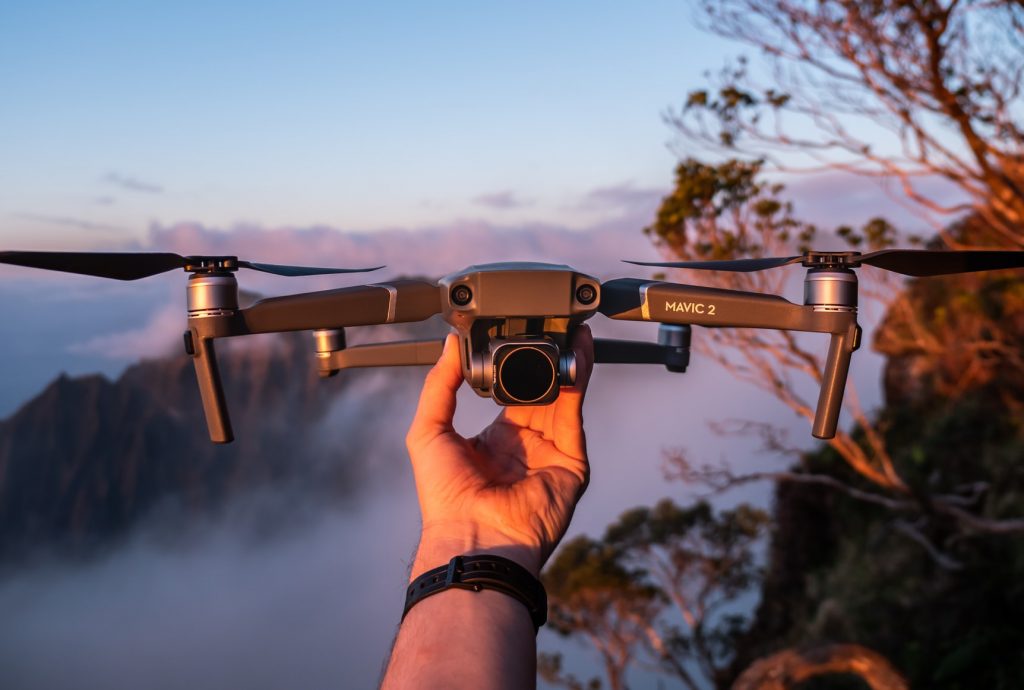
A. Drone Terminology
The word “drone” is used interchangeably with the following terms: unmanned aircraft (“UA”); unmanned ship (“US”); unmanned aircraft system (“UAS”); unmanned flying vehicle (“UFV”); unmanned air vehicle (“UAV”); unmanned drone; pilotless airplane. The common denominator of these synonyms is the absence of a human pilot (“unmanned”). Rightly or wrongly, use of the word “air”, “aerial”, or “aircraft” by some of the just mentioned synonyms exclude from the meaning of “drone”, any unmanned system that operates on or under water or land. Such is the case with the synonyms “unmanned aircraft”, “unmanned aircraft system”, “unmanned flying vehicle”, “unmanned air vehicle”, and “pilotless airplane”. We believe that a drone can operate on or under water or land. For that reason, we do not believe that these last terms encapsulate the right meaning of “drone”. The term “unmanned drone”, for itself, is circular in reasoning since and should be avoided; the word “unmanned” is inherent to the meaning of drone. We turn now to various definitions of “drone”, as found in various dictionaries as well as in various national and state government instruments.
B. Drone Definitions
1. Dictionary Definitions
Oxford Dictionary Definition of Drone: “a remote-controlled pilotless aircraft or missile”;
Cambridge Dictionary Definition of Drone: “an aircraft that does not have a pilot but is controlled by someone on the ground, used especially for dropping bombs or for surveillance: the U.S. border Patrol’s unmanned drone helped agents track down their smuggling suspect; an aircraft without a pilot that is controlled by someone on the ground, used especially as a hobby;
Collins Dictionary Definition of Drone: a pilotless airplane that is directed in flight by remote control;
Merriam-Webster Definition of Drone: “an unmanned aircraft or ship guided by remote control or onboard computers”.
Dictionary.com Definition of Drone: “a. an unmanned aircraft or ship that can navigate autonomously, without human control or beyond line of sight: the GPS of a U.S. spy drone; b. (loosely) any unmanned aircraft or ship that is guided remotely: a radio-controlled drone”.
2. Wikipedia: “an aircraft without a human pilot aboard. UAVs are a component of an “unmanned aircraft system (UAS); which include a UAV, a ground-based controller, and a system of communications between the two. The flight of UAVs may operate with various degrees of autonomy; either under remote control by a human operator or autonomously by onboard computers”;
PC Magazine Definition of Personal Drone (“personal drone”): A small unmanned flying vehicle that is used for entertainment or to take photos or videos from an aerial perspective. Remotely controlled and battery driven, a personal drone’s flight duration is measured in minutes. Using at least three propellers, although four are generally the norm, personal drones operate like a tiny helicopter and lift straight up off the ground;
C. Commentary
Whether any of the above definitions correctly encapsulates the meaning of “drone” (or any of its synonyms) depends on a number of factors, starting first with the purpose, function, or reason why a definition of drone was provided in the first place. Using public safety as an example, if a threat to public safety is only perceived in relation to drones that operate in the air, and if the reason or purpose of defining the term “drone” is to address the threat posed by by drones flying in the air, then it may be immaterial whether or not a law, rule, or regulation designed to address the public safety threat posed by drones excludes from its meaning unmanned systems that operates on land or water. In fact, issues that surround land or water drones may be more properly addressed in separate, standalone laws, rules, or regulations with a different definition of drone that is crafted to address issues that are specific to water or land drones. In some instances, this may require introducing further nuances into the definition of drone. A non-exhaustive list of definitional features that may be integrated into a definition of drone might include, for instance:
Type: civilian or military drone;
Use: recreational, commercial, or industrial drone;
Industry sector: agriculture, infrastructure, oil and gas, etc.;
Commercial sector: commercial delivery drones, insurance, real estate marketing;
Function: inspect, monitor, carry, survey or map, photograph or film, race, or fly;
Design type: tricopter, quadcopter, hexacopter, octocopter;
Size: micro, small, medium, large, airplane-size;
Control range: 50 metres, 500 metres, 5 km;
The list of factors and characteristics that can be included in the definition of “drone” is a lengthy one. Suffice to say that whether or not any particular definition of “drone” is acceptable under any circumstances should be examined against the context, purpose, and reason surrounding the definition. A “one size fits all” approach to defining the word “drone” risks at all times being under-inclusive, dysfunctional, and impractical. Where the purpose is to provide a general, everyday definition of drone, however, excluding unmanned land or water systems from the purview of the meaning of “drone” seems unacceptable.
Do you disagree or agree with any of the above? What would you add? Contact us to share your thoughts, help us provide a better answer to the question, “what is a drone”.
